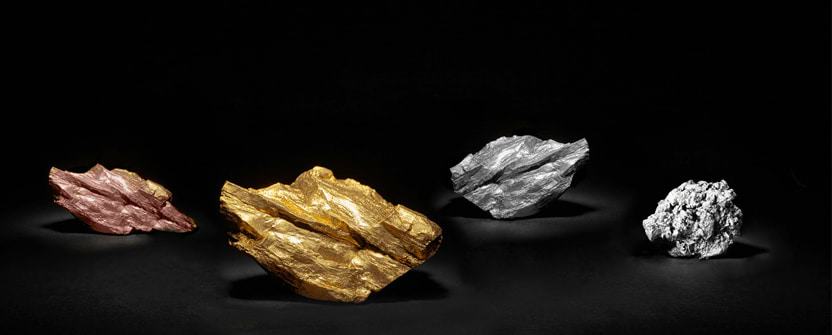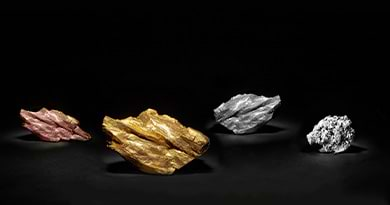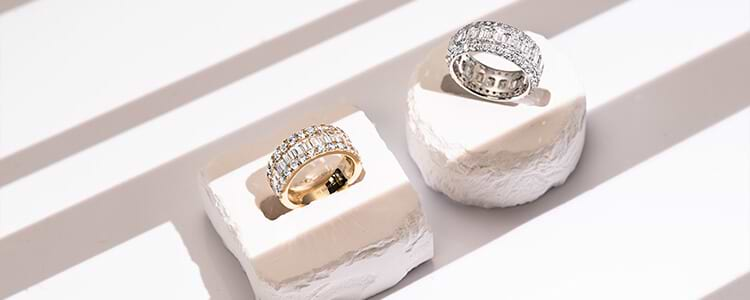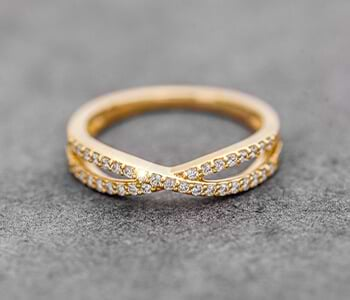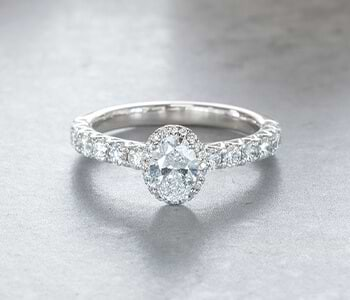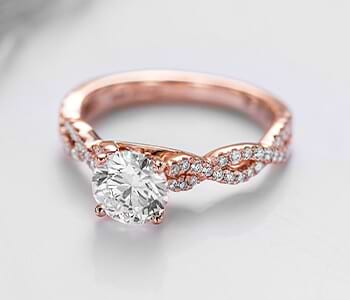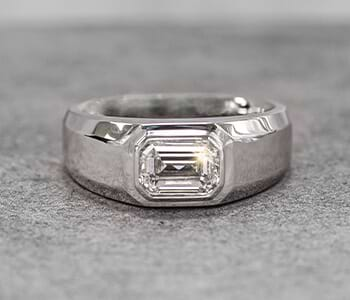All About Gold (Yellow, White, Rose)
Gold is the most non-reactive of all the metals, which means that it won't react with most chemicals or oxygen, so it won't tarnish, rust, or perish. This characteristic makes it an ideal option for being used in high-status items, like jewelry, that are meant to last forever and maintain their worth and quality.
The traditional setting for most jewelry, gold is beloved for its beauty and versatility. It's also the most malleable of all metals, and since it's so soft, it can't be utilized for jewelry in its pure state.
Lower karat gold, such as 14K, and 10K, contains larger proportions of base metals like silver, palladium, nickel, or zinc. In the end, 24K is the purest form of gold, but is not ideal for jewelry:
- 10K = 10/24 = 42% Gold
- 14K = 14/24 = 58.3% Gold
- 18K= 18/24 = 75% Gold
- 22K = 22/24 = 92% Gold
- 24K = 24/24 = 100% Gold
